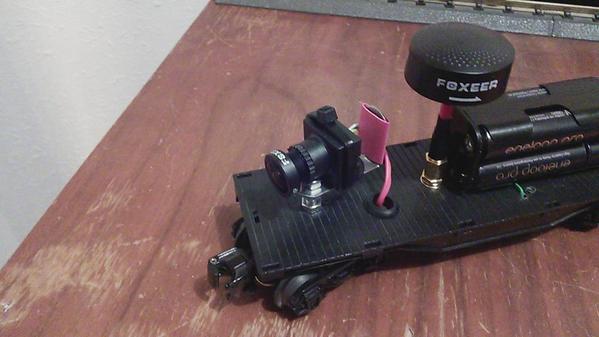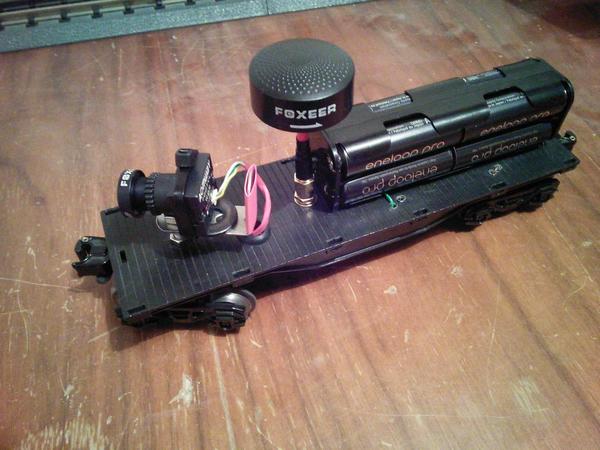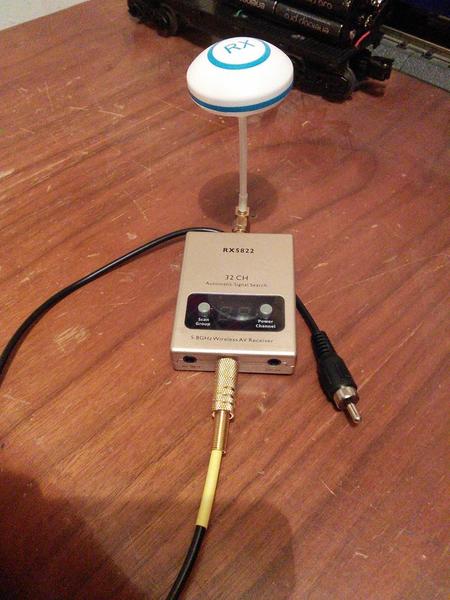Today I put my iPhone in a gondola car and activated the camera. The floor above my layout has a TV equipped with Apple TV's box. The iPhone was set up to using the mirroring feature that this set top device supports. Using my Legacy controller, and while sitting on my couch, I ran the train. Results were pretty impressive. But a few times the video that showed up on my TV lagged a little as my train went around the layout downstairs. Apple TV, I believe uses my home wifi network to make this happen. But I am not really sure how it works. Bluetooth maybe ???
Anyone flying a drone can see real time video on their tablet or phone!!!
I see that Lionel is going to offer a rear facing WIFI TV setup in an executive car. On train TV cameras really delight kids coming to see my layout so I am always looking to make improvements in picture quality. Any comments on this would be appreciated. How about using some of the small cameras for home security, baby monitors, etc with our trains using wifi??? Phil











